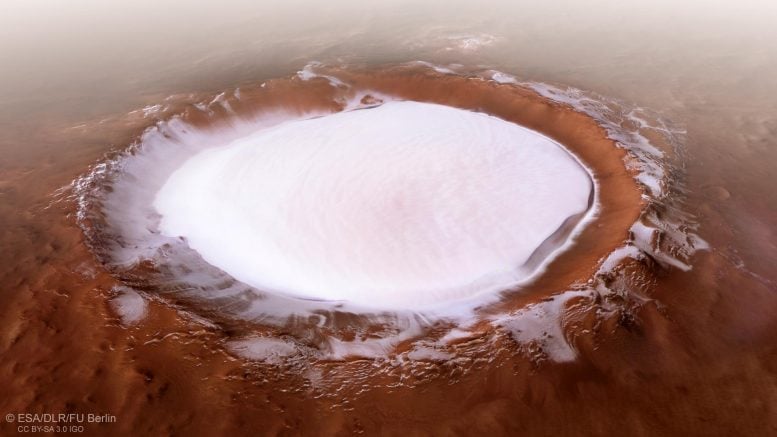
This image from ESA’s Mars Express shows Korolev crater, an 82-kilometer-across (51-mile-across) feature found in the northern lowlands of Mars. This oblique perspective view was generated using a digital terrain model and Mars Express data gathered over orbits 18042 (captured on April 4, 2018), 5726, 5692, 5654, and 1412. The crater itself is centered at 165° E, 73° N on the Martian surface. The image has a resolution of roughly 21 meters per pixel. Credit: ESA/DLR/FU Berlin, CC BY-SA 3.0 IGO
This movie, based on images taken by ESA’s Mars Express, showcases the 82 km (51 mi) wide Korolev crater on Mars.
Located in the northern lowlands of the Red Planet, south of the large Olympia Undae dune field that partly surrounds Mars’ north polar cap, this well-preserved impact crater is filled with water ice all year round. The crater’s floor lies two kilometers below its rim, enclosing a 1.8 km (1.1 mi) thick domed deposit that represents a large reservoir of non-polar ice on Mars.
Water ice is permanently stable within Korolev crater because the deepest part of this depression acts as a natural cold trap. The air above the ice cools and is thus heavier compared to the surrounding air: since air is a poor conductor of heat, the water ice mound is effectively shielded from heating and sublimation.
The crater is named after chief rocket engineer and spacecraft designer Sergei Pavlovich Korolev (1907-1966), dubbed the father of Russian space technology. Korolev developed the first Russian intercontinental rocket R7, the precursor of the modern Soyuz rockets that are still operated today. With his rocket and spacecraft design, he was also responsible for the first human-made satellite (Sputnik in 1957) and for the first human spaceflight (Yuri Gagarin in 1961).
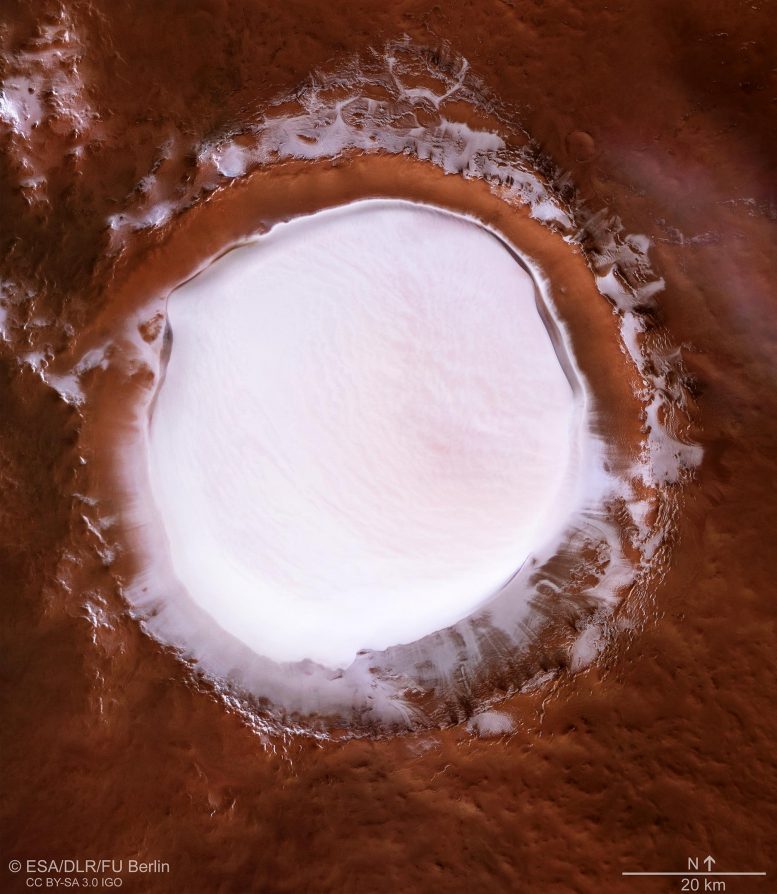
This image from ESA’s Mars Express shows Korolev crater, an 82-kilometer-across feature found in the northern lowlands of Mars. Credit: ESA/DLR/FU Berlin, CC BY-SA 3.0 IGO
This movie was created using an image mosaic (see above) made from single orbit observations from the High Resolution Stereo Camera (HRSC) on Mars Express, which was first published in December 2018. The mosaic combines data from the HRSC nadir and color channels; the nadir channel is aligned perpendicular to the surface of Mars, as if looking straight down at the surface. The mosaic image was then combined with topography information from the stereo channels of HRSC to generate a three-dimensional landscape (image top), which was then recorded from different perspectives, as with a movie camera, to render the flight shown in the video.

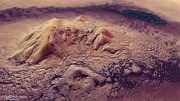
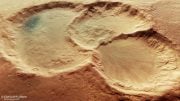
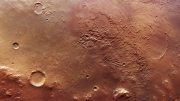
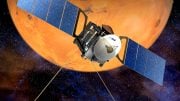

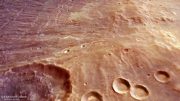
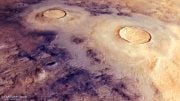
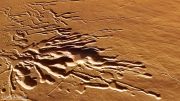
Be the first to comment on "View a Stunning Flight Over Korolev Crater on Mars via Mars Express"